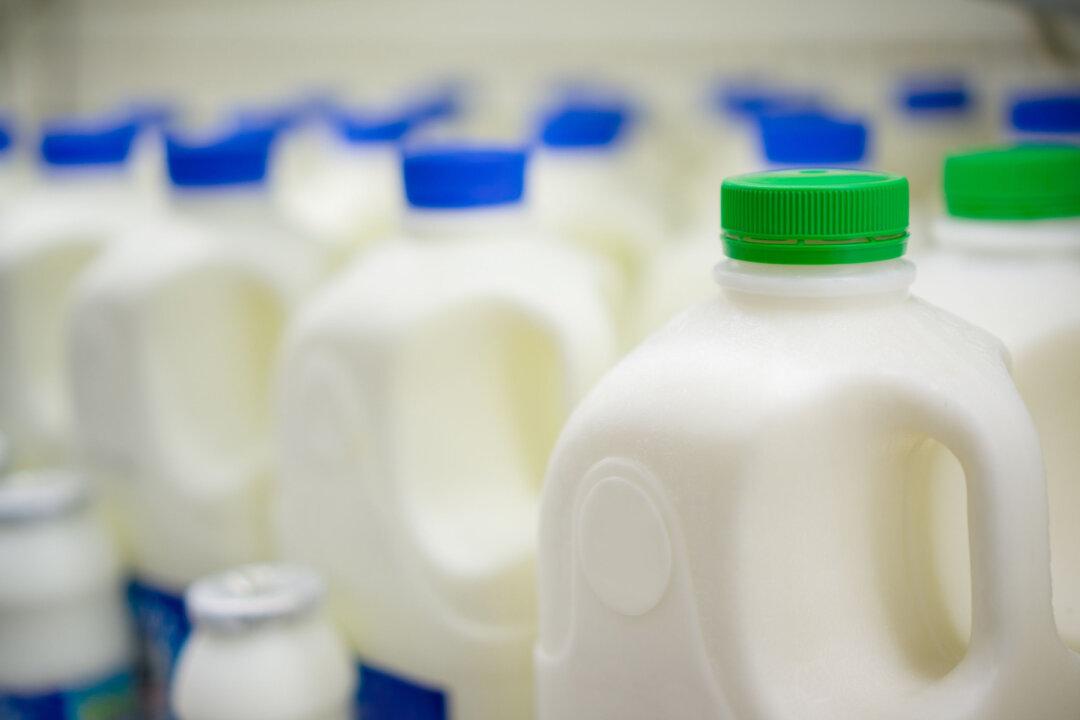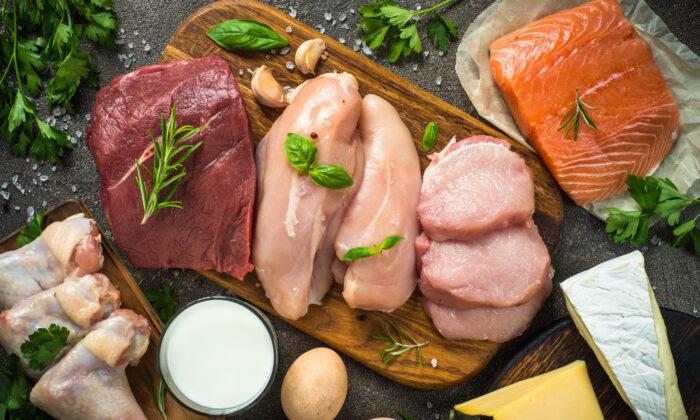My mother was from the South and, true to southern culinary tradition, she frequently made chicken broth—either from a whole chicken or with chicken necks and backs. The broth went into chicken gravy and delicious, satisfying soups. She told us that chicken broth would give you beautiful skin and indeed, her skin was wrinkle-free, even in old age. That was a bit of folk wisdom that she shared.
The other bit of folk wisdom is one we are familiar with: “Chicken soup for the soul,” chicken soup for lifting our mood and making us feel mellow and content. There’s also the notion that we should drink chicken broth when we are sick, that a mug of warm broth will help us get over a cold or the flu.
It turns out there are scientific explanations for all these beliefs!
How do we know when the broth we make is collagen rich? When it turns to jelly in the refrigerator. (Most commercial brands in aseptic packaging do not gel at all!)
To make a collagen-rich chicken broth, fill a slow cooker with chicken bones—these can be leftover bones kept from chicken you have prepared previously—my freezer is full of scary-looking bags of chicken bones—or purchased necks and backs. If you can obtain some chicken feet and heads (often available from a local farmer raising poultry on pasture), do include these—there is a lot of collagen in these neglected parts of the bird.
These bones should fill the slow cooker pot. Add one red onion, cut in half. (Don’t peel the onion, the peel adds color to the broth.) For seasonings, I add a tablespoon of peppercorns and two or three bay leaves—but you can get creative with the herbs you add.
Fill the pot with filtered water plus a half cup of vinegar, cover, and cook overnight on low. Next morning, ladle out the broth through a fine-mesh strainer into glass containers—I like to use Pyrex pitchers—and refrigerate. With any luck, your chicken broth will gel nicely once chilled. It will keep for several days in the fridge, and several months or even years in the freezer.
Once you have your broth on hand, you can be a creative cook. For example, if you bake a chicken, once you remove the bird from the baking pan, you can make gravy by stirring a little unbleached flour into the drippings and then whisking in some warmed chicken broth. If the gravy is too thick, add more broth or some water—if it is too thin, boil down until it thickens. Always add salt at the end or the gravy may end up too salty.
For a gourmet reduction sauce, deglaze the drippings with white wine or brandy (or both), add several cups of broth and some cream or crème fraiche. Reduce by boiling until the sauce thickens. Add salt at the very end. Carve the chicken, place chicken parts on individual plates, and spoon the sauce over the pieces. You will get raves for this dish!
You can make a second batch of broth with the same bones—it won’t gel as well as the first batch but is fine to use in soups. Just fill the pot with water plus a half cup of vinegar again and cook on low overnight. Remove the bones with a slotted spoon—they will be soft by this point and safe to give to your dog—and ladle or pour the broth through a fine-mesh strainer into a soup pot.
Add the bits of chicken picked off the bones, plus rice or noodles, and voila! Chicken rice or chicken noodle soup. Add a can of crushed tomatoes, a can of black beans, a package of frozen corn, and a couple of tablespoons of chili powder and you have a delicious southwest chicken soup.
Notice that I am not giving exact recipes here—just guidelines. Once you have real bone broth and understand the basics of making gravy, sauce, or soup, you can create wonderful meals without ever looking at a recipe book!





